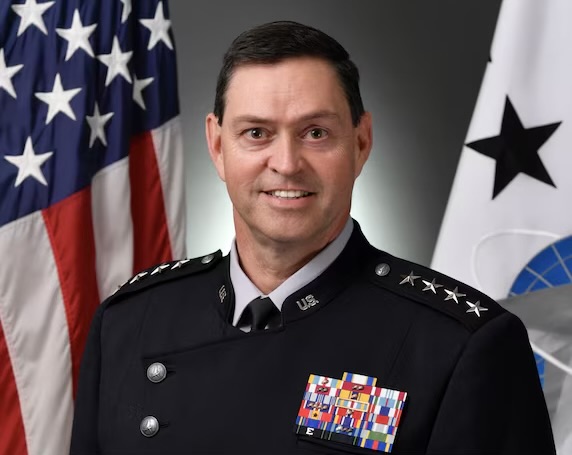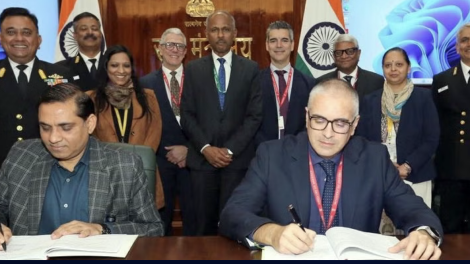What’s on orbit? Space has become a critical infrastructure for all military, economic, and civil functions. It is also an emerging arena of strategic competition between major powers.
- “As our competitors actively develop capabilities to disrupt, degrade, or destroy the space systems that underpin modern military power and civilian life, we must expect space to be a warfighting domain,” Saltzman told our sister magazine Formiche.
A warfighting domain. The U.S. Space Force was created to ensure freedom of action in space. This requires doctrine, forces, training, and technology specifically designed to deter and, if necessary, engage in conflict in orbit.
- “Our doctrine and operations are focused on that mission: protecting allied access to space, denying hostile advantages, and preserving stability in an increasingly contested environment.”
Deterrence, resilience, and domain awareness are the top priorities of the Space Force. These include building distributed, interoperable architectures that can withstand attacks and ensure continuous awareness of orbital activities. The Space Force also relies on a highly skilled cadre of Guardians.
- “The key enablers for these future systems will be our proliferated architectures […] designed to be interoperable with our partners and allies. We simply cannot succeed without our allies.”
Security and the geopolitical challenge. China and Russia already possess operational counterspace weapons. Unlike other domains, space does not regenerate—one destructive act can have lasting, global consequences.
- “The irresponsible actions of a single actor can create global, long-term consequences for all users of space. […] We must treat its security as a shared imperative.”
Space is a team effort. The success of the Space Force depends on alliances. Cooperation with NATO partners and the Combined Space Operations Initiative (CSpO)—which includes Italy—is growing.
- “Spacepower is the ultimate team sport. […] CSpO strengthens our ability to deter aggression, promote responsible behaviour in space, and, if necessary, defeat threats in a contested environment.”
Structured partnerships, shared leadership. The United States is reforming classification rules and bringing allied officers into Space Force leadership. A landmark example is the appointment of a British officer as Assistant Chief of Space Operations for Future Concepts and Partnerships.
- “I appointed United Kingdom Air Marshal Paul Godfrey […] in what I believe is the first time an allied country’s officer has held such a senior position anywhere in the U.S. military.”





